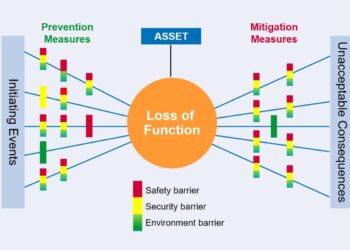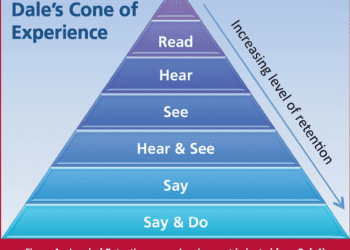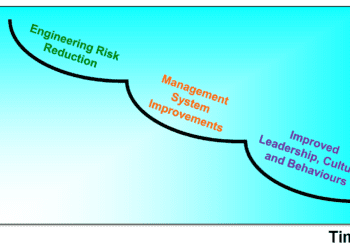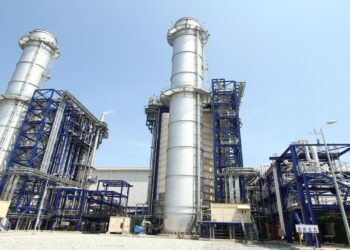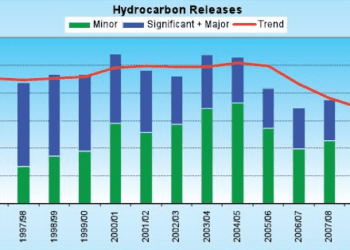The right stuff – competency in process safety engineering

The UK Health and Safety Executive (HSE) defines competence as “the combination of training, skills, experience and knowledge that a person has and their ability to apply them to perform a task safely”. Whilst organisations are encouraged to ensure and demonstrate that all employees have the necessary competence for their roles, where personnel are involved in safety critical activities this requirement is clearly essential.
For many disciplines, such as mechanical or chemical engineering for example, the professional skills and competencies that need to be met and maintained are generally well defined and governed. However, for those engineers and scientists working in the field of process safety, the required competencies are less well established.
The UK’s Institution of Chemical Engineers (IChemE) has perhaps done the most to provide guidance on what this relatively new discipline encompasses. Their new Professional Process Safety Engineer (PPSE) registration provides useful guidance on the key areas of knowledge that need to be demonstrated. Some large oil companies have also worked hard to define and implement similar approaches. However, it is fair to suggest that there is still some way to go in terms of clearly defining what it means to be a competent process safety engineer.
ORGANISATION-SPECIFIC APPROACH
One key issue to emphasise is that for any given organisation the particular competencies required for a process safety role should be determined based on an understanding of the specific responsibilities and duties of the individual in that role. It is crucial that the explicit mapping between key responsibilities, activities and tasks, and the individual’s defined competencies can be demonstrated, especially for safety critical activities.
Process safety roles with similar titles may also differ substantially between organisations due to company standards, resources and culture. As such the required competencies cannot easily be generalised. For these reasons, the development of role-specific competence profiles is recommended as the best way of ensuring that competence requirements for individual process safety positions are met.
The key steps for providing the basis for a successful process safety competence management system include:
- Gain a detailed understanding of the tasks that an individual has to undertake, and what successful process safety and operational performance looks like. The relative criticality (safety, operational and, where applicable, environmental) of particular tasks also needs to be understood.
- Determine the specific knowledge requirements, skills and behaviours that are necessary to support success of each task. Once these elements are identified, then the required competence level for the role needs to be agreed, e.g. from ‘awareness’, through ‘skilled application’ to ‘expert’.
- Define an appropriate competence assessment process. Typically, this may need to call upon a number of methods to gather evidence of competence, including structured interviews, direct observations of work activities, use of simulators and training exercises, reviewing work output and seeking feedback from peers.
- Identify the options available for filling any identified gaps in competence, such as providing more project specific experience, opportunities for on-the-job learning or additional formal training (see Box 1).
COMMON COMPETENCIES
Although process safety competence requirements ideally need to be defined based upon the tasks of the specific roles within the organisation, there are clearly some fundamental areas of competence. These include hazard identification, risk assessment, safety report preparation, process safety performance monitoring and auditing, and incident investigation. furthermore, non-technical skills such as written and verbal communication and teamwork for example, may be as important. Indeed, for senior management roles, they are likely to be more important than technical practitioner experience.
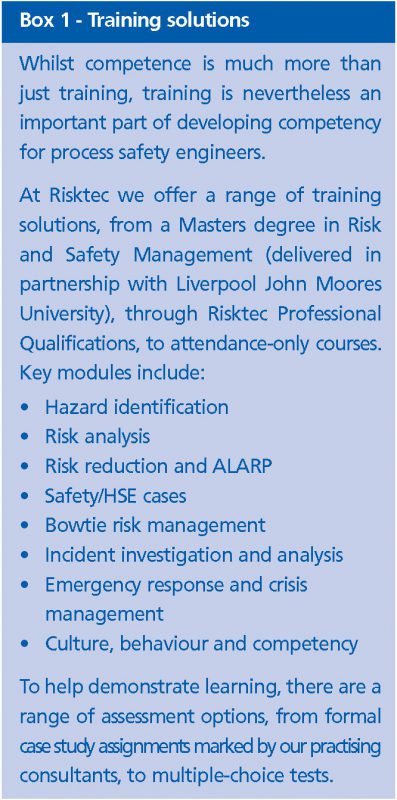
CONCLUSION
Process safety engineering is finally becoming recognised as an engineering discipline in its own right, to stand alongside established disciplines. Industry bodies and professional institutions are making good progress in defining what competencies are expected of professional process safety engineers, but organisations also need to understand what they expect from people in their own process safety roles.
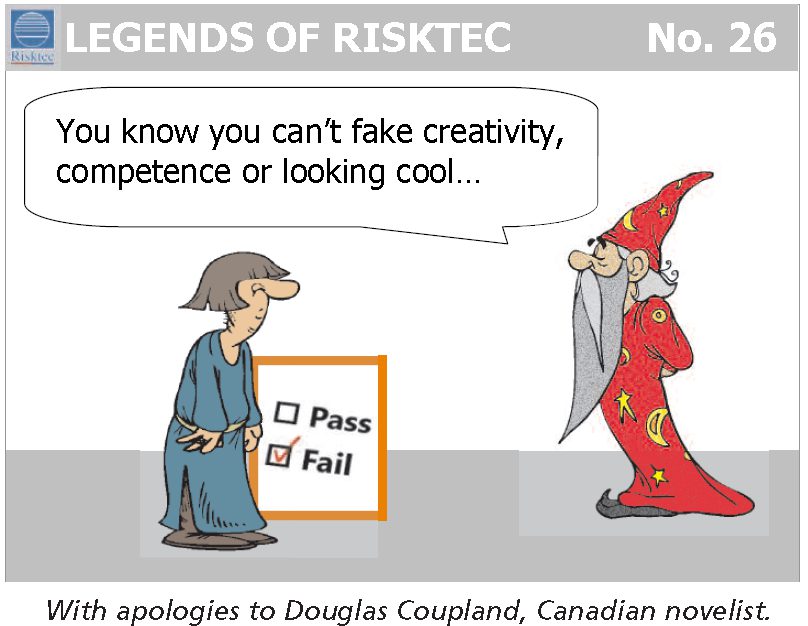
This article first appeared in RISKworld issue 26

